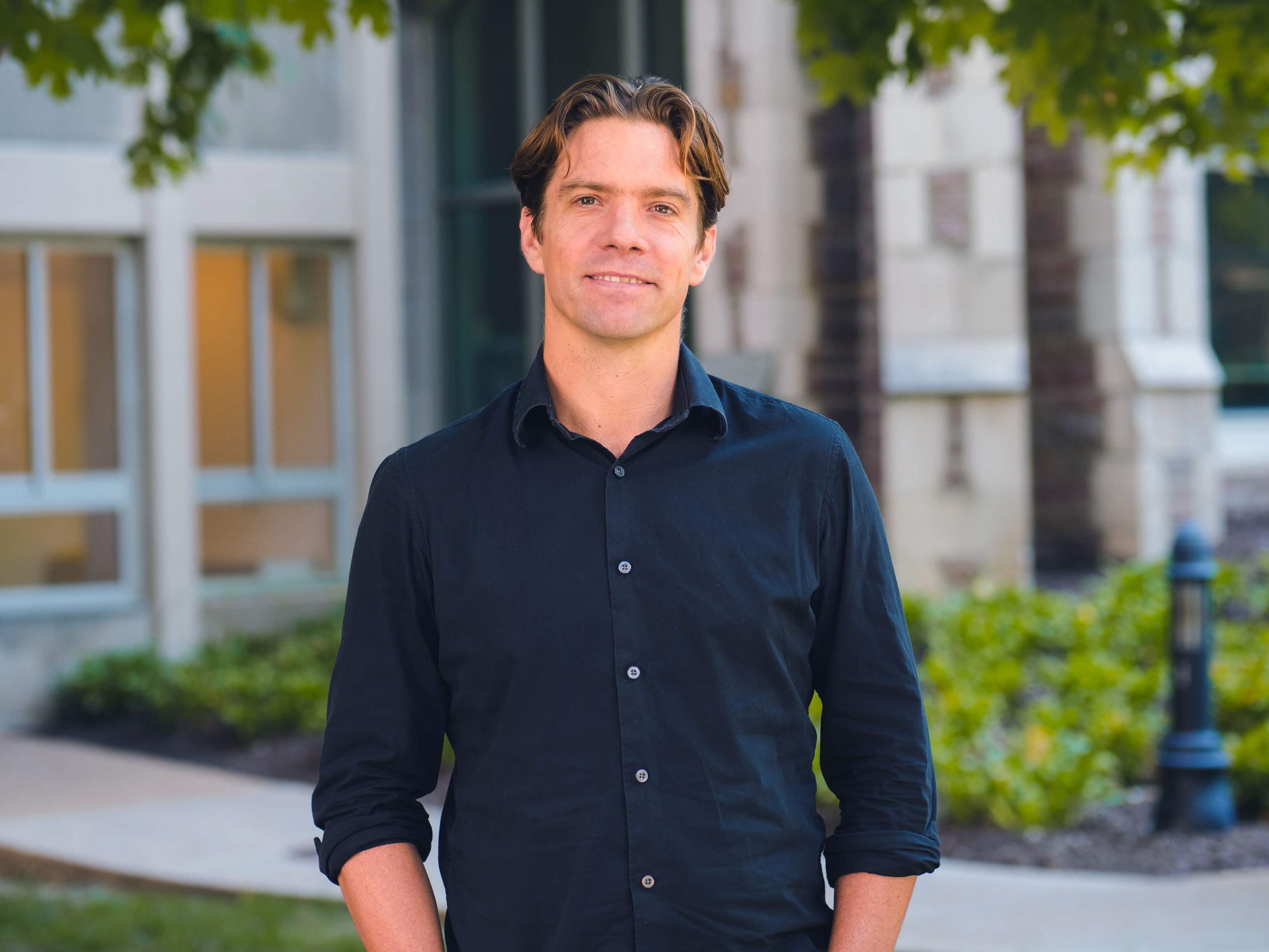In a recent Nature paper, a team led by the U.S. Department of Energy (DOE)’s Argonne National Laboratory has announced the creation of a new qubit platform formed by freezing neon gas into a solid at very low temperatures, spraying electrons from a light bulb’s filament onto the solid and trapping a single electron there. This system shows great promise to be developed into ideal building blocks for future quantum computers.
Kater Murch, professor of physics in Arts & Sciences at Washington University in St. Louis, is a senior co-author of the paper. He explains some of the science behind the discovery in this short video animation:
https://www.youtube.com/watch?v=yvlDUIcOL4A&ab_channel=WashingtonUniversityinSt.Louis
Learn more about how Murch is continuing to build on work initiated at Argonne National Laboratory, developing the capabilities to trap electrons on neon in the group’s facilities at Washington University in St. Louis.
